12 Extraordinary Places Where You Can See Earth’s Rarest Phenomena
From glowing waves to fiery craters, our planet is home to some truly extraordinary natural wonders. These rare phenomena offer a glimpse into Earth’s incredible power and beauty, with each location showcasing a unique display of nature’s forces. Whether you are an avid traveler or a curious explorer, these stunning sites are sure to captivate and inspire. Prepare to discover the breathtaking landscapes and extraordinary occurrences that make our world truly one-of-a-kind.
This post may contain affiliate links, which helps keep this content free. Please read our disclosure for more info.
Bioluminescent Waves, Maldives
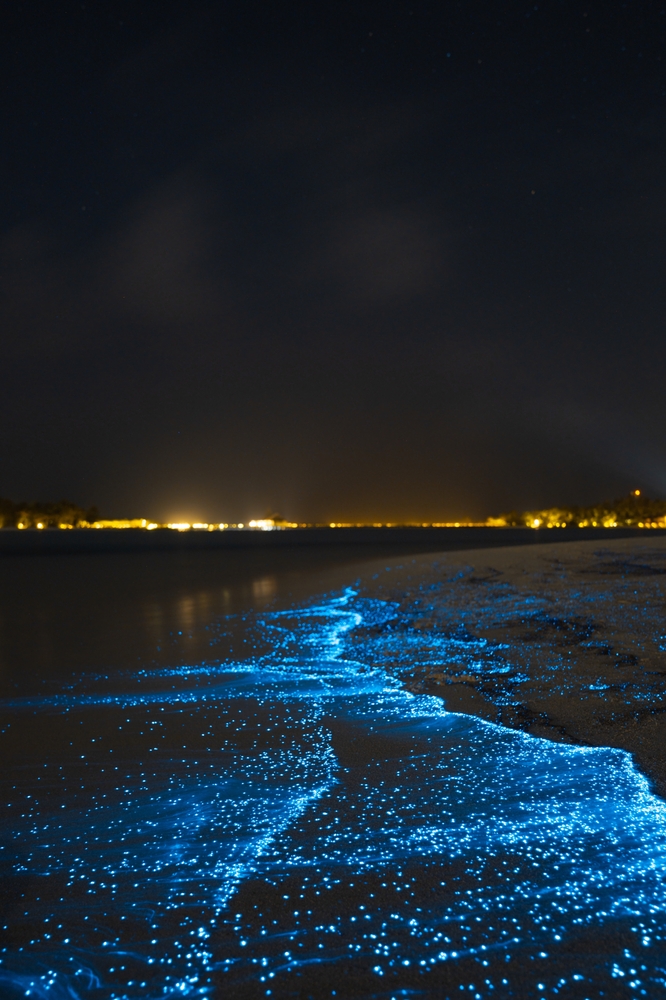
The Maldives, a tropical paradise, offers one of the most magical natural phenomena in the world: bioluminescent waves. This phenomenon occurs when tiny plankton, primarily dinoflagellates, emit light in response to movement. As the waves crash along the shore, the microscopic organisms light up, creating an enchanting blue glow that appears to make the ocean sparkle. This glowing effect is particularly visible at night, often seen in calm lagoons, such as those near Vaadhoo Island. The sight is mesmerizing, as if the water itself is alive with light, providing visitors with an experience that feels almost otherworldly.
The bioluminescence is a result of a natural chemical reaction that occurs when the plankton are disturbed. While this phenomenon can happen in other parts of the world, the Maldives offers some of the best and most consistent displays due to its warm waters and ideal environmental conditions. It’s a rare opportunity to witness nature’s beauty in such a captivating way, where every movement in the water causes it to glow, transforming the landscape into a shimmering sea of light.
Blood Falls, Antarctica
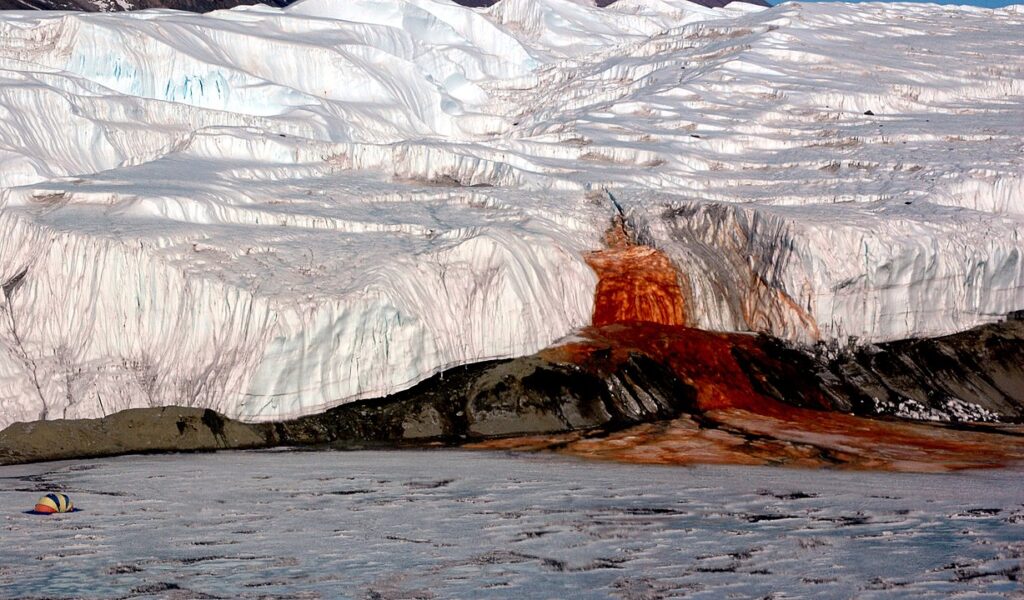
In the remote McMurdo Dry Valleys of Antarctica, the Blood Falls is an astonishing natural sight that stirs both scientific curiosity and wonder. The waterfall flows from the Taylor Glacier, and its striking red color is caused by high concentrations of iron in the saltwater that emerges from the glacier. This water has been trapped under the ice for millions of years and is rich in iron and other minerals. When the water escapes through small cracks in the glacier, it interacts with oxygen in the air, creating a vivid red color that seems almost otherworldly against the stark white ice.
The Blood Falls are a striking example of life thriving in extreme conditions. Beneath the glacier, microbial life has adapted to survive in the super-salty, iron-rich water, providing researchers with valuable insights into life in extreme environments, which may be relevant for understanding life on other planets. The waterfall’s appearance, with its continuous red flow, is not only scientifically significant but also visually stunning, offering a rare glimpse into nature’s resilience and beauty in one of the most inhospitable places on Earth.
Sailing Stones, Death Valley, USA
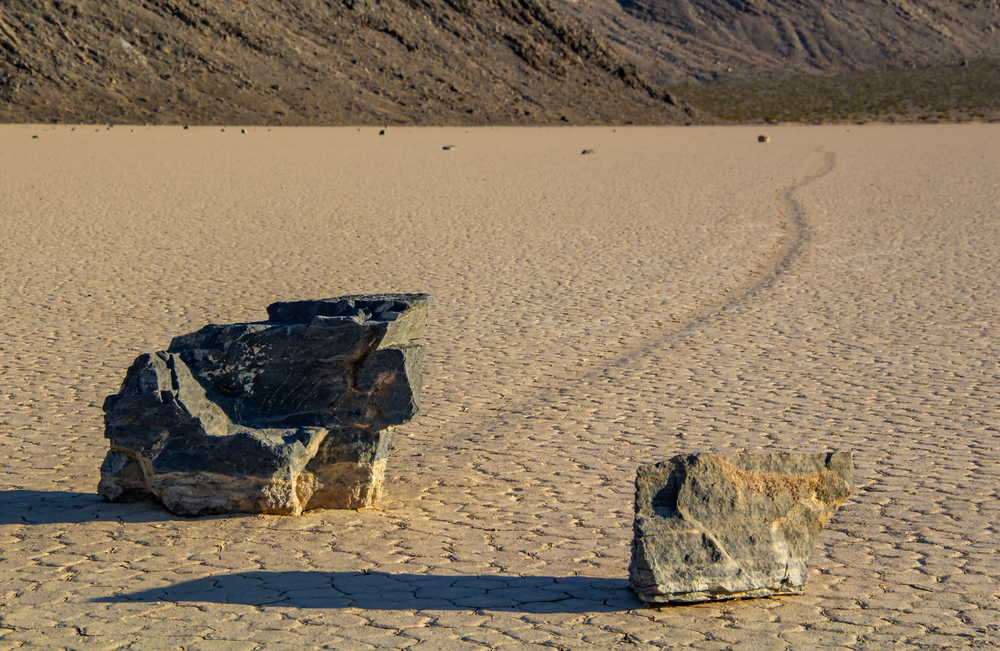
Death Valley, located in California, is home to one of the most mysterious phenomena in the world: the Sailing Stones. These large, flat rocks appear to move across the desert floor, leaving long tracks behind them in the dried-up Racetrack Playa. What makes this phenomenon so captivating is that the stones seem to move without human or animal intervention. For years, scientists have debated what causes the rocks to shift, with theories ranging from high winds to a rare combination of ice and rain, but no one has witnessed the movement until recently. The mystery was finally solved in 2014, when researchers discovered that thin sheets of ice, formed during the winter, combined with light winds to push the rocks across the playa.
These “sailing” stones, which can weigh up to 700 pounds, move slowly, leaving behind trails that can stretch hundreds of feet. The rocks’ movements are not only a fascinating example of nature’s unpredictability but also a reminder of the subtle interplay of elements in the desert environment. The Sailing Stones of Death Valley remain one of the most enigmatic and awe-inspiring natural phenomena in the world, drawing visitors who are eager to witness these moving rocks firsthand, despite the harsh conditions of the desert.
Northern Lights, Norway
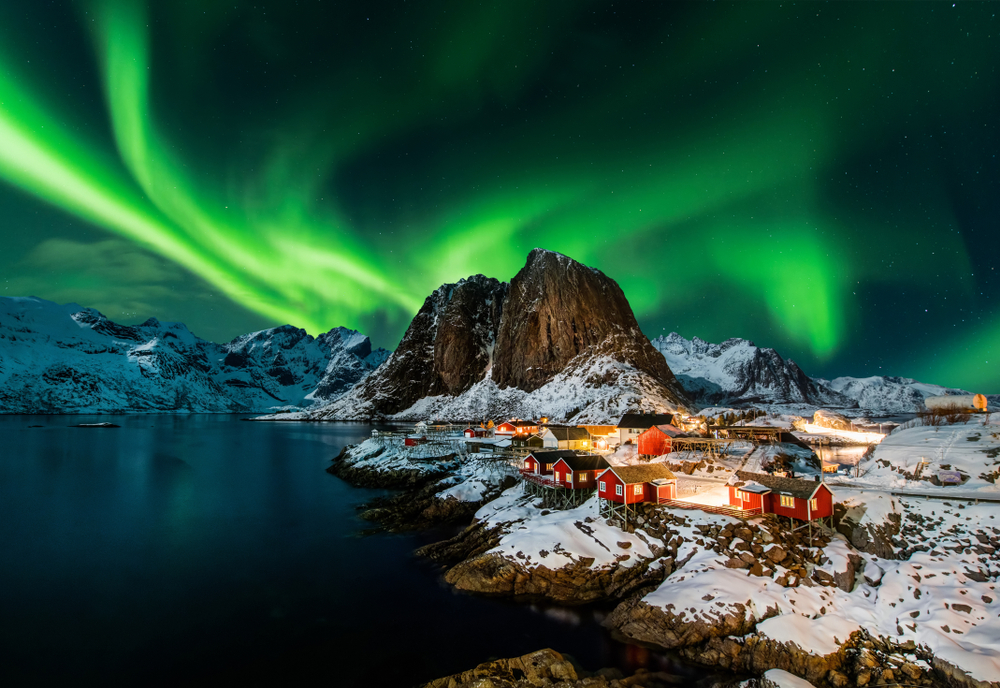
The Northern Lights, or Aurora Borealis, are one of the most spectacular natural light shows on Earth. Norway, especially in places like Tromsø, offers some of the best views of this incredible phenomenon. The lights are created when charged particles from the sun interact with the Earth’s magnetic field, causing bursts of light that dance across the polar skies in vibrant colors of green, purple, and pink. The Northern Lights are often visible in the winter months, particularly in the Arctic Circle, where clear, dark skies provide the perfect backdrop for this celestial display.
The science behind the Aurora Borealis is fascinating, but it is the sheer beauty of the experience that captivates visitors. Watching the Northern Lights is a humbling experience, as the lights ripple and shimmer across the night sky, creating a surreal and magical atmosphere. The Northern Lights not only showcase the power of nature but also offer a once-in-a-lifetime experience for those lucky enough to witness them in person.
Giant’s Causeway, Northern Ireland
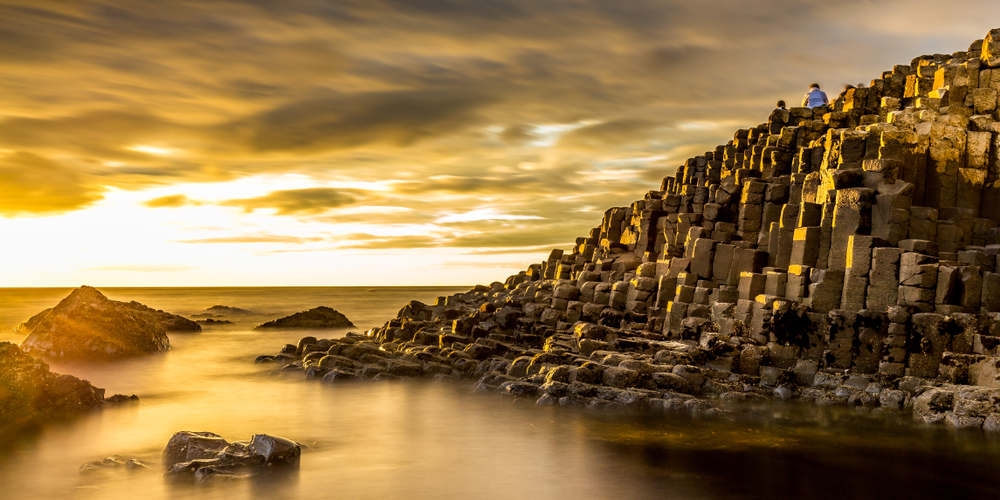
The Giant’s Causeway is a geological wonder located along the northern coast of Northern Ireland. It is made up of over 40,000 interlocking basalt columns formed by volcanic activity around 60 million years ago. These columns, which range from hexagonal to octagonal, create a stunning visual effect that has captured the imagination of visitors for centuries. The formation of the columns is the result of slow cooling and cracking of lava flows that solidified into the now-famous shapes, creating an almost perfect tessellation.
Legend has it that the Giant’s Causeway was built by a giant named Finn McCool, but the real story behind its formation is even more incredible. The natural beauty of the area, with its dramatic cliffs, rugged coastline, and unique rock formations, makes it a UNESCO World Heritage Site. Whether viewed from above or walked upon, the Giant’s Causeway is a striking example of nature’s ability to create something both beautiful and extraordinary.
Mount Roraima, Venezuela
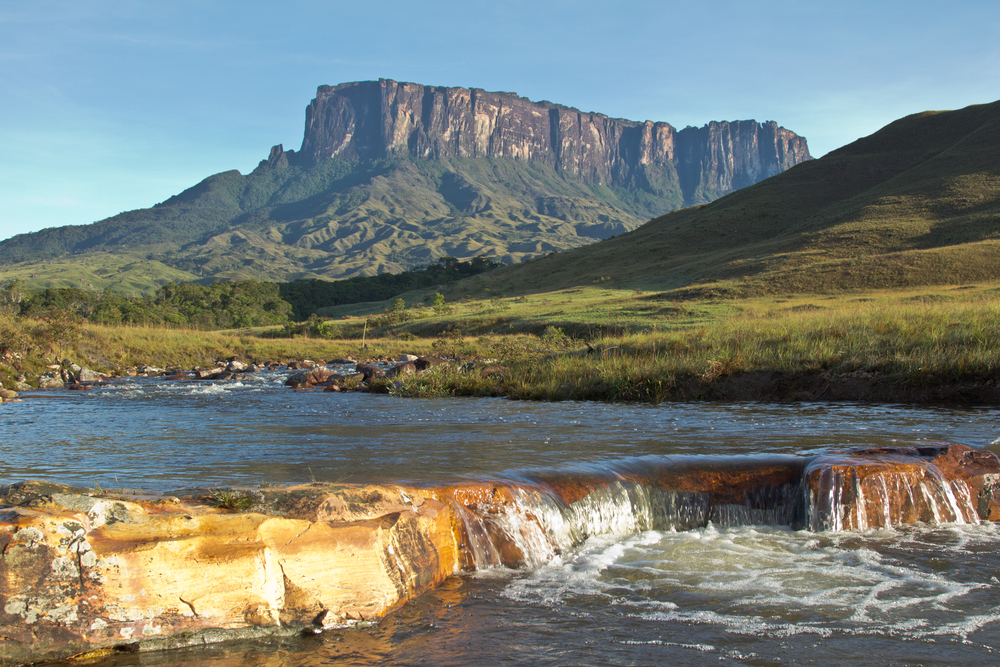
Mount Roraima, located in the Gran Sabana region of Venezuela, is one of the most unique and otherworldly landscapes on Earth. Its flat-topped peak rises above the surrounding jungle, creating an isolated ecosystem that is often described as “lost world” territory. The mountain’s sheer cliffs and high plateau have inspired many myths and stories. The unique conditions on the summit have allowed plants and animals to evolve in isolation, making it a biological treasure trove for researchers.
The most notable feature of Mount Roraima is its otherworldly atmosphere, with dense mist and clouds that frequently shroud the summit, giving the mountain an eerie, mystical appearance. It is a haven for rare species, some of which are found nowhere else on Earth. The journey to the top, though challenging, offers a glimpse into one of the world’s most isolated and extraordinary ecosystems, making it a must-visit for nature enthusiasts and adventurers alike.
The Door to Hell, Turkmenistan

In the heart of Turkmenistan’s Karakum Desert lies a fiery phenomenon known as the “Door to Hell.” This natural gas field has been burning continuously since 1971, when a drilling accident caused the ground to collapse, releasing methane gas. To prevent the spread of the toxic gas, scientists decided to set it on fire, expecting it to burn out within a few weeks. However, the fire has continued to burn ever since, creating a massive crater of flames that can be seen from miles away.
The Door to Hell is a surreal and haunting sight, with its orange flames dancing against the night sky. Its remote location adds to the mystique, drawing adventurous travelers who want to witness the otherworldly glow of this eternal fire. It is a reminder of the Earth’s volatile natural forces and a fascinating spectacle that continues to captivate those who venture to see it.
The Great Blue Hole, Belize
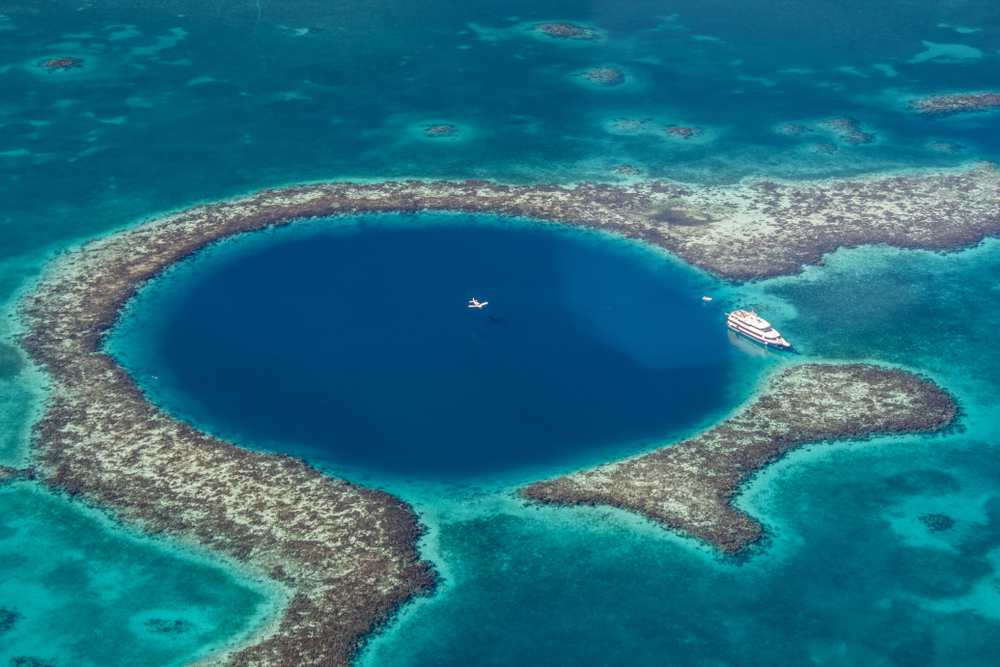
The Great Blue Hole, located off the coast of Belize, is one of the most famous underwater sinkholes in the world. It measures over 1,000 feet in diameter and around 400 feet deep, offering a stunning contrast to the surrounding turquoise waters. The Blue Hole formed over millions of years as a limestone cave, which eventually collapsed, leaving a giant circular hole filled with water.
This natural phenomenon is renowned for its clarity and vibrant blue color, which attracts divers from around the globe. The Great Blue Hole is home to a variety of marine life, including sharks, rays, and a diverse array of fish, making it an ideal destination for those interested in underwater exploration. Its dramatic beauty and geological history make it one of the most unique and captivating places on Earth.
The Stone Forest, China
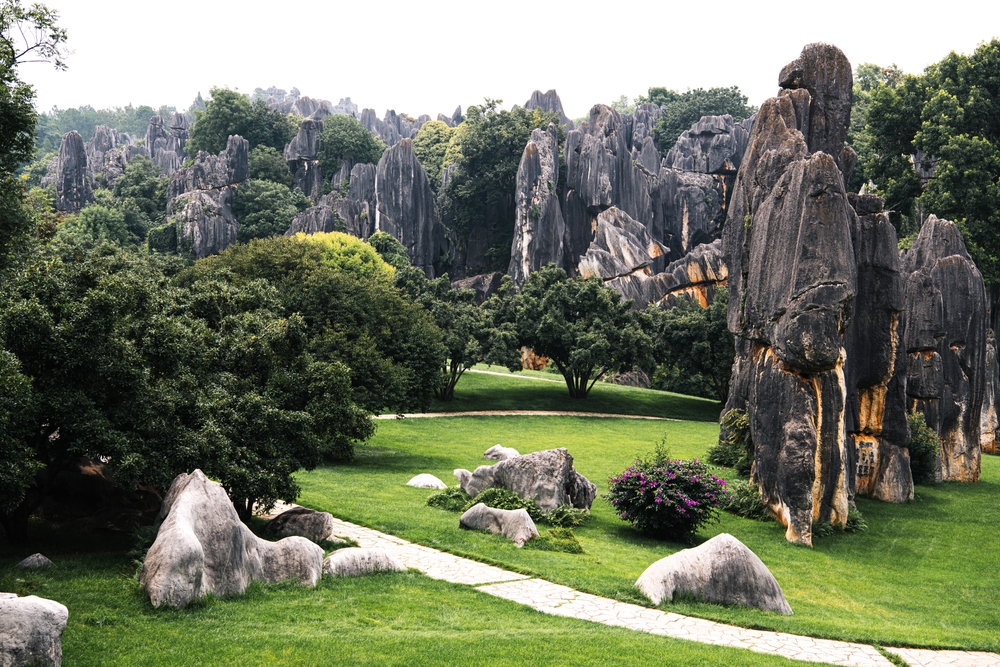
The Stone Forest, located in the Yunnan province of China, is a vast area filled with towering limestone formations that have been eroded over millions of years. The unique formations resemble petrified trees, giving the landscape the appearance of a forest made entirely of stone. The area covers approximately 400 square kilometers and is home to countless spires, pillars, and rocks that rise dramatically from the ground.
The Stone Forest is not only a geological marvel but also a place of cultural significance. Local folklore speaks of the stone formations being transformed from petrified trees, and the region is considered sacred by the indigenous Sani people. The surreal landscape, with its labyrinth-like pathways and sharp peaks, creates an almost otherworldly environment, offering visitors a rare glimpse into Earth’s natural sculpting forces.
The Moeraki Boulders, New Zealand
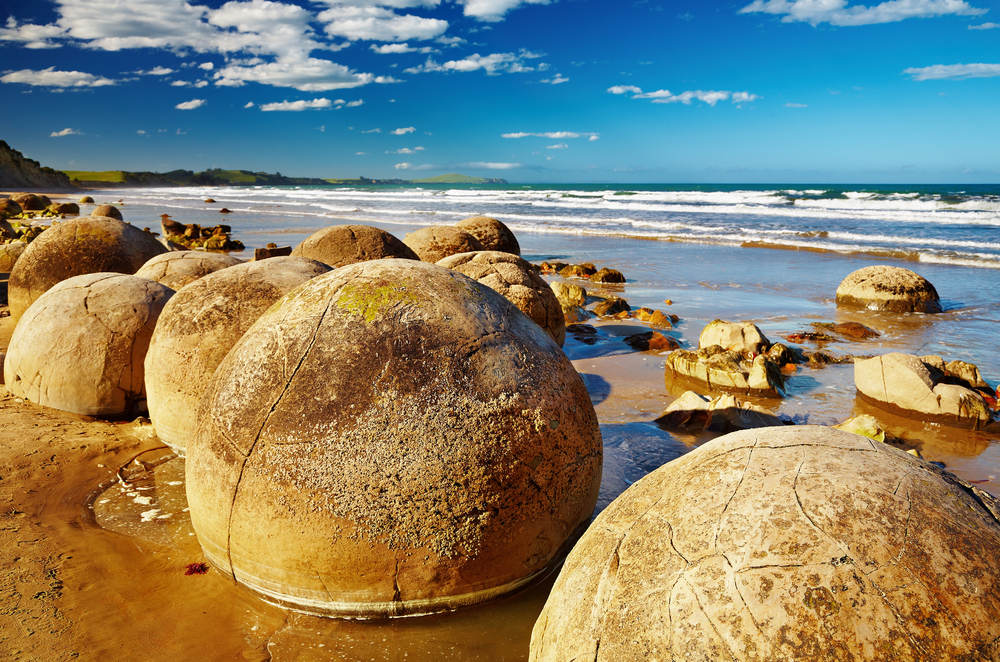
The Moeraki Boulders, located along Koekohe Beach in New Zealand, are an unusual natural phenomenon. These large, spherical stones, some of which weigh several tons, are scattered across the beach, creating a striking visual effect against the surrounding coastline. The boulders are the result of millions of years of geological processes, with the softer outer shell eroding over time to reveal the perfectly round core.
The Moeraki Boulders have long been a subject of intrigue, both scientifically and culturally. Local Maori legends claim that the stones are the remnants of a stranded waka (canoe), while geologists explain their formation as the result of sedimentary rock processes. Regardless of the explanation, the Moeraki Boulders continue to be a major attraction, drawing visitors with their mysterious beauty and the unique opportunity to walk among these giant, ancient stones.
Fly Geyser, Nevada, USA
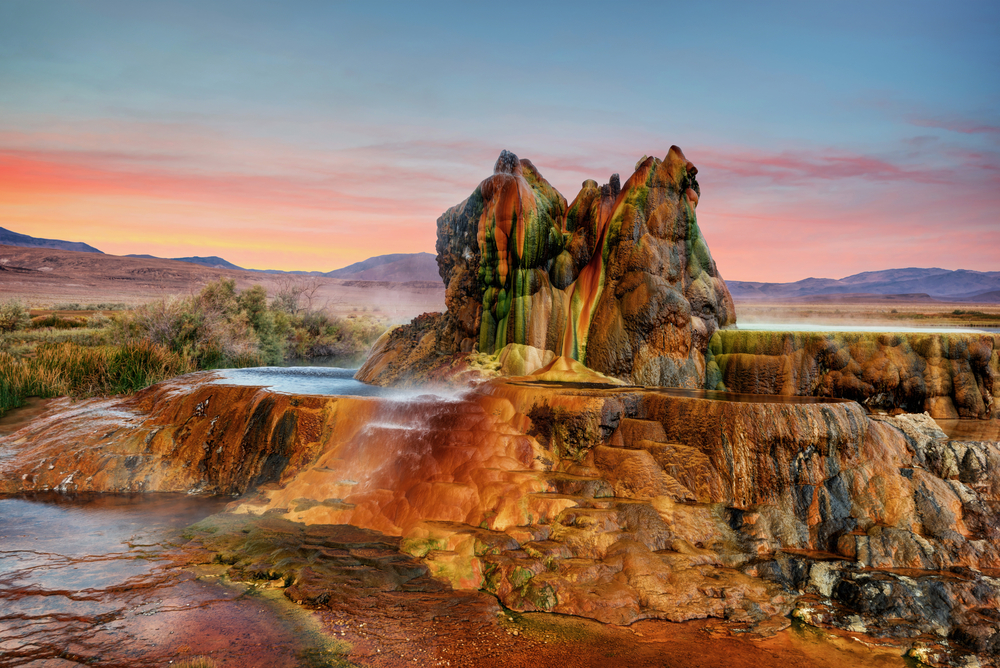
The Fly Geyser, located in the Black Rock Desert of Nevada, is a man-made wonder that has evolved into a spectacular natural phenomenon. The geyser was accidentally created in 1964 when drilling for water caused the underground geothermal reservoir to surface. Over time, minerals deposited by the water have formed colorful terraces and geyser cones, creating a stunning and constantly evolving landscape.
The Fly Geyser is a striking display of nature’s ability to adapt and shape itself in response to human activity. The colors of the geyser range from bright reds and oranges to deep greens, caused by the high concentration of minerals in the water. Though the site is located on private land, it has become a popular destination for those who are fortunate enough to gain access, offering a glimpse into one of the most unique and visually stunning geothermal features in the world.
The Wave, Arizona, USA
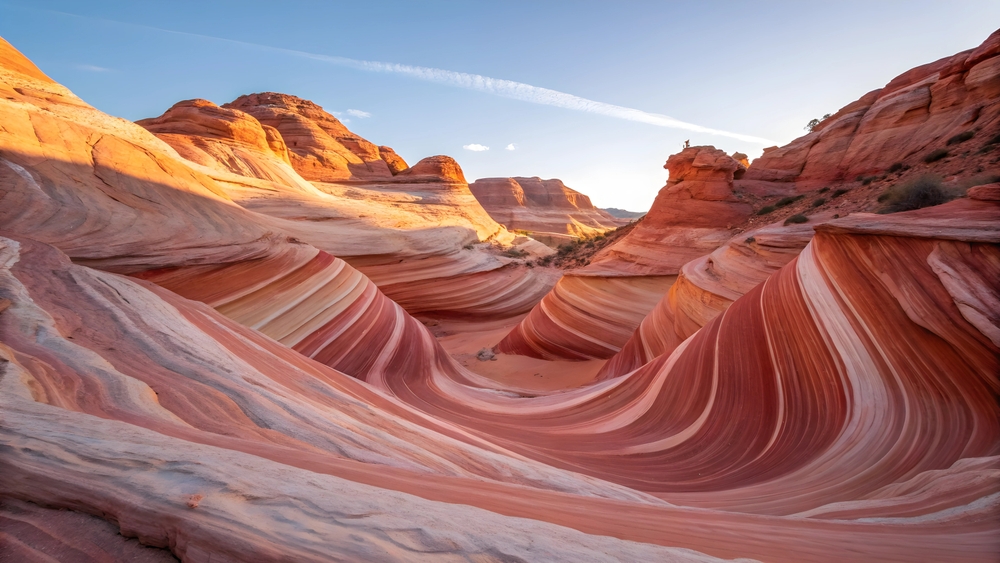
The Wave, located in the Paria Canyon-Vermilion Cliffs Wilderness Area of Arizona, is an extraordinary rock formation known for its smooth, undulating curves and vibrant colors. The sandstone, shaped by millions of years of wind and water erosion, creates a surreal, wave-like pattern that has made this location one of the most photographed in the world. The red, orange, and yellow hues of the rocks change depending on the time of day, with the morning light casting soft shadows and the evening sun highlighting the rich textures.
The formation is both visually stunning and difficult to reach, requiring a permit to access the area due to its fragile ecosystem. The Wave’s unique appearance, combined with the challenge of getting there, makes it a highly coveted destination for hikers and photographers. This breathtaking formation continues to be a testament to the power of natural forces, transforming simple rock into a masterpiece of color and texture.
This article originally appeared on Avocadu.
